Written by: Rik
Date posted: January 17, 2011
I’ve tried not to get too bogged down in cricket jargon in the main review, because I understand that not everyone likes cricket, and also because I generally like the game and wanted to be positive about it rather than put people off. But, at the same time, I wouldn’t want anyone, particularly a fan of the moronic EA Cricket series, to think I’m not a real cricket fan, or that by recommending this game I’m ignorant of some or all of the following flaws. So, in no particular order, here are some things you’re likely to notice if you really like cricket and spend some time with this game:
Batsmen very rarely edge the ball to the slips. This is perhaps one of the most common occurrences in real-life cricket: a fast bowler runs up, bowls a good delivery on or around the off stump (perhaps with a touch of away movement), it takes the edge of the bat and goes to the wicketkeeper or one of the slip fielders. Yet no game has managed to implement this successfully. Here, a catch behind the wicket is a rare occurrence, and when it does happen, it’s all slightly contrived – an outside edge taken one-handed by a diving wicketkeeper seems to be the only way it happens, and it never seems to be effected by a particularly good piece of bowling.
You’ll very rarely be out playing a defensive shot. In fact, unless you mistime it horribly or play down the wrong line, it’s almost impossible to get out playing defensively. If that were the case in real life, batting would be a hell of a lot easier: choosing what to play and what to leave when a bowler’s bowling well is a key component of the discipline. Here, though, if you leave the ball, you lose confidence as though you’d played and missed.
You don’t have any control over whether you play off the front or back foot: the game decides for you. You also can’t leave the crease to advance down the wicket – the option simply isn’t there. Ideally, it should be – although it has to be said that no game that has actually implemented this has made a very good job of it.
When batting, the ball will generally go in exactly the direction you intended. It won’t skew off the outer or inner half of the bat and go somewhere unexpected, and you won’t mistime a shot so badly that it dribbles to a fielder. Most shots are hit crisply and firmly either to the hand of the fielder or to the boundary, and when you’re shown an overview chart of where a batsman has scored his runs, it will generally show them being scored in a maximum of eight directions – exactly the number you can select with your keyboard or joypad.
Because shots are all hit so crisply to fielders, taking singles is a risky affair. Sometimes you pretty much have to go straight away, even if you’ve hit the ball quite a long way for what looks like an easy run. When you’re batting, the game seems to compensate by throwing quite badly, otherwise there’d be loads more run outs. When you’re bowling, though, the AI batsmen just flat out refuse to take any singles, and so will hit shots to fielders placed on the boundary but not move a muscle. I suppose the developers made a choice between this and the AI being run out all the time, and although this is the lesser of those two evils, it remains the most annoying problem in the whole game.
The AI fielding captain makes bizarre decisions – posting very attacking fields for no particular reason and allowing you to find the boundary with ease, or bringing on part-time bowlers for long spells and refusing to take them off, even if they’re going for runs.
In real cricket, fast bowlers generally either bowl as fast as they can or within themselves, unless they’re bowling a slower ball, which is an occasional, surprise delivery. In other words, there isn’t a great deal of variation in pace. Here, though, fast bowlers bowl a mixed bag of deliveries ranging from 45-90 mph. It certainly makes batting more challenging, particularly if you’re facing one of the genuinely fast men like Shoaib Akhtar or Brett Lee, but it’s hardly realistic. Similarly, when you’re bowling, you should be able to get your medium-fast guys to bowl at 80mph without breaking a sweat, but you really have to push the bowling pace meter pretty close to the no-ball line to get some of them up to that speed.
Lots of AI batsmen seem to get themselves out by trying to nudge the ball on the leg side and deflecting it onto their stumps instead. This would be quite an unusual dismissal in real cricket.
It’s quite easy to smash the ball over third man or fine leg for six – and the AI certainly has a preference for doing so. Some of these shots are, frankly, ridiculous, and wouldn’t be possible for even the most powerful or accomplished batsman in real life.
The fielding is a bit of a rush-job: you don’t have the choice of which end to throw to and a throw from the field will always go to the ‘keeper’s gloves, never falling short and never going over his head, so the power-bar doesn’t really make a massive amount of difference.

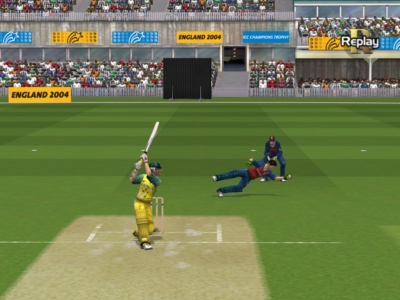
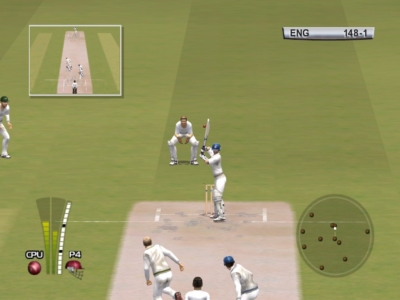
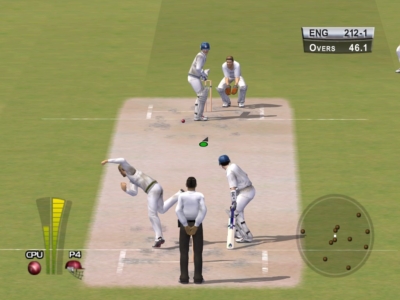
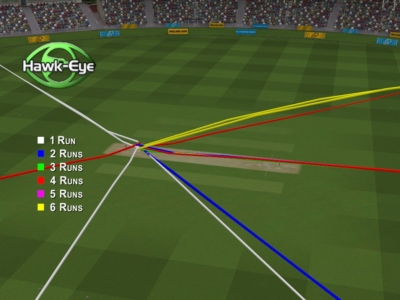
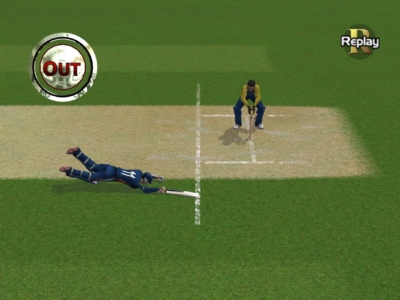
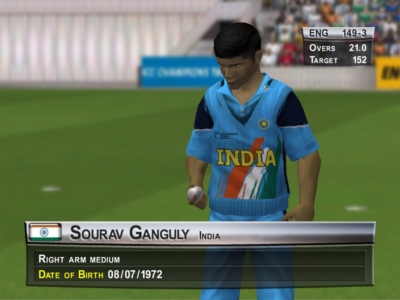
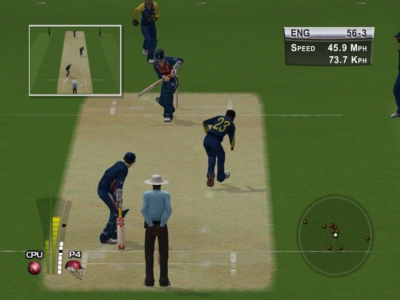
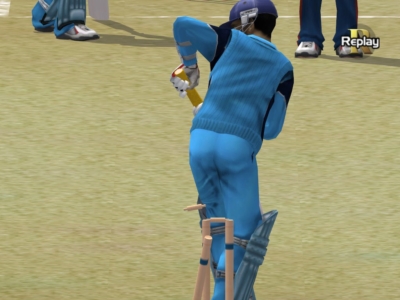
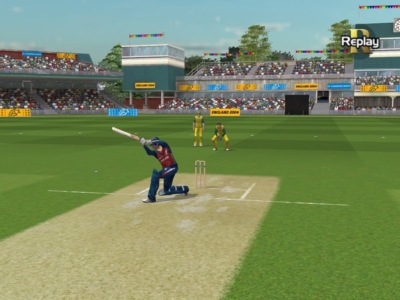
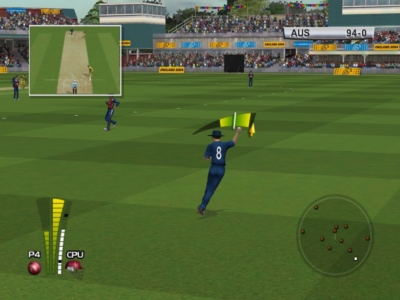

 Posts
Posts